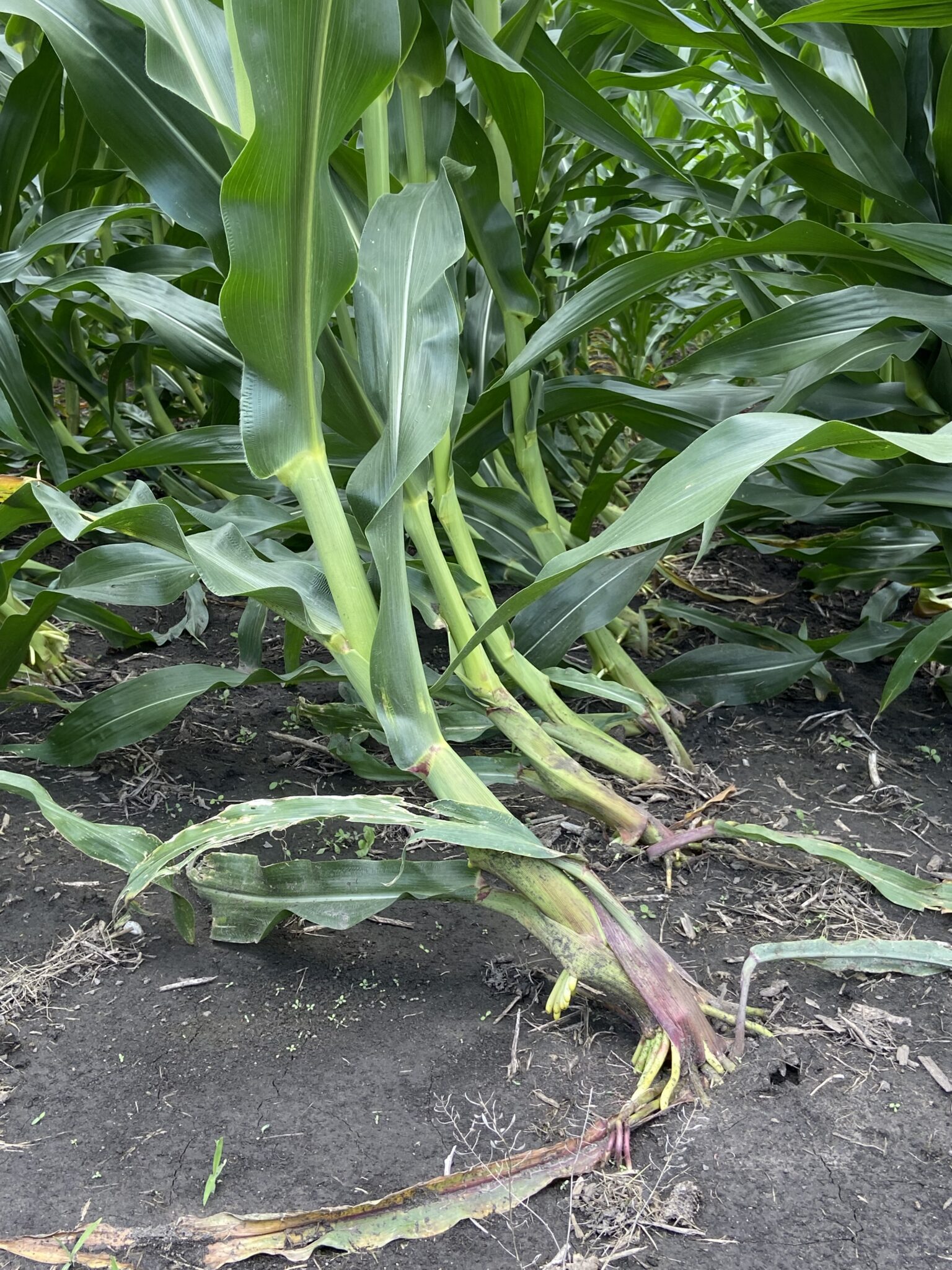
With tight planting windows, it can be a challenge to get seeds in the ground at the optimal time.

With tight planting windows, it can be a challenge to get seeds in the ground at the optimal time.
As the crop advances into the V7–V10 stages, many areas of the state have experienced favorable conditions, with adequate moisture and the accumulation of growing degree days (GDDs) supporting rapid vegetative growth.

Most corn fields I have been in this week are pretty clean. A few diseases that I have seen include anthracnose, tar spot, and common rust in corn.

We are looking to track all corn and soybean diseases in Indiana – tar spot, southern rust, frogeye, red crown rot, and others.

Trapping for corn earworm has been underway for a few weeks now throughout the state.

The number of 30-, 40-, and 60-ft wide (or larger) field crop planters across the U.S. Midwest is greater today than 30 years ago.

Recent storms and heavy rainfall brought on by the remnants of Hurricane Beryl have crossed parts of Indiana this week and brought excessive winds which has resulted in corn being “flattened” from lodging in certain areas of the state.

June 20, 2025, marks the summer solstice in the northern hemisphere. This is more an astronomical (i.e., planetary and orbital, not necessarily huge) event rather than meteorological. This is the date when the north pole is leaning most directly toward the sun due to its tilt relative to earth’s solar orbit throughout the year. Because of this, the length of daylight within a 24-hour period is greatest on this day for all locations north of the equator. More daily daylight means more solar exposure and therefore greater surface heating and temperatures. Of course, we’ve been working up to this moment for a while (since December 21, 2024) and we’ve already been experiencing warmer temperatures. Mother Nature is going to really show off her solstice spirit, however, with extreme high temperatures expected by the end of this weekend into next week. Over the last 30 days or so, average temperatures across[Read More…]

The 2025 Clean Sweep Pesticide Disposal Program sponsored by the Office of the Indiana State Chemist (OISC) offers statewide pesticide collection sites in LaPorte, Vigo, Decatur, Clark, Whitley, and Hendricks counties in August.

Most readers have probably noticed a sharp increase in firefly activity lately.
© 2025 Purdue University | An equal access/equal opportunity university | Copyright Complaints | Maintained by Pest&Crop newsletter
If you have trouble accessing this page because of a disability, please contact Pest&Crop newsletter at luck@purdue.edu.